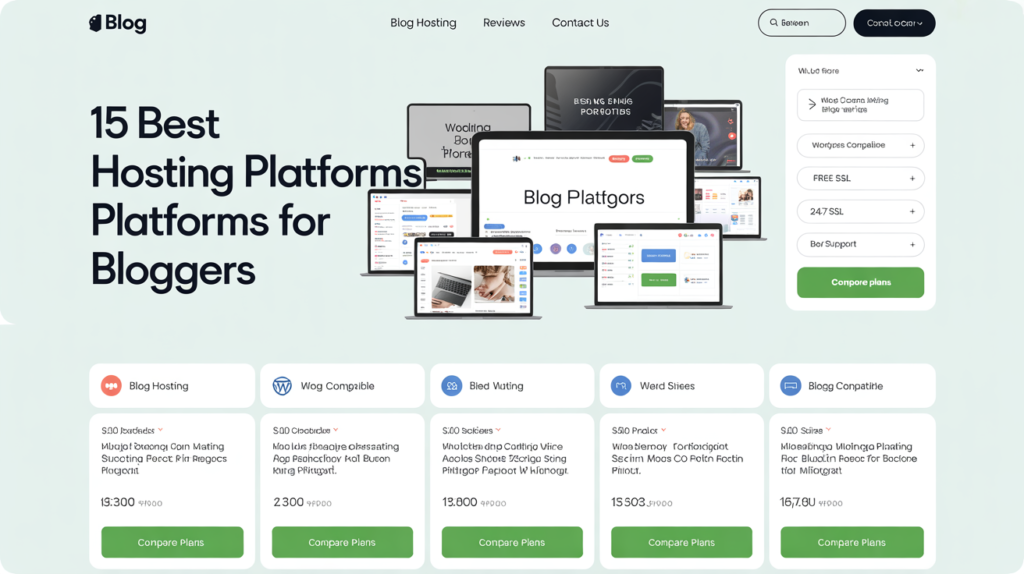Looking for the best hosting platforms for bloggers? Check out our list of the 15 best hosting providers that offer fast, secure, and affordable solutions for bloggers. Whether you’re starting a personal blog or a professional website, these platforms provide reliable uptime, excellent customer support, and a range of features like one-click installs, customizable templates, and robust security options. From shared hosting to dedicated servers, find the perfect match for your blogging needs.
What are Hosting Platforms for Bloggers?
Hosting platforms for bloggers are services that provide the technology and infrastructure necessary to make a blog accessible on the internet. These platforms store the blog’s content, such as posts, images, videos, and site files, on servers that can be accessed by users around the world 24/7.
Hosting Platforms for Bloggers
#1. WordPress.org is an open-source content management system (CMS) that allows users to create, manage, and publish websites or blogs. It is often referred to as “self-hosted WordPress” because you need to download the software from WordPress.org and host it with your web hosting provider (like Bluehost, SiteGround, or HostGator)
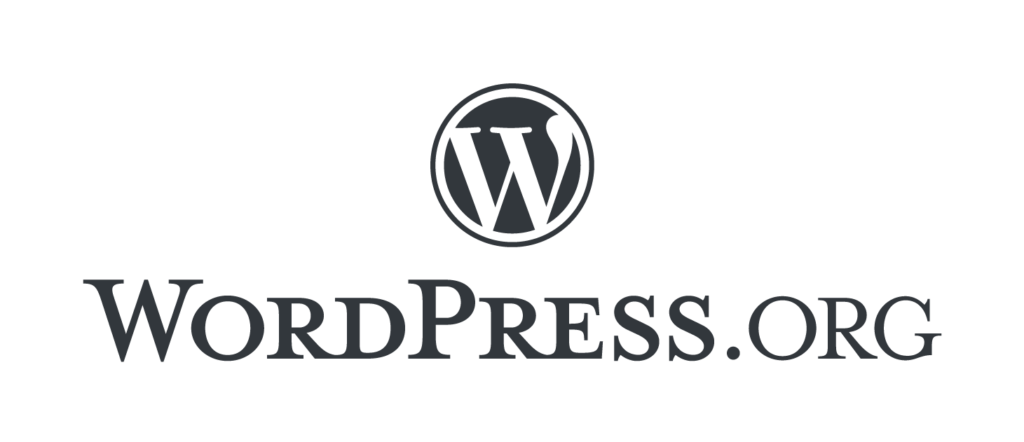
- Best for: Full control and customization.
- Features:
- Open-source with extensive plugin and theme support.
- Complete control over website functionality and design.
- Ideal for monetization and scalability.
- Pricing: Free software; hosting costs vary (e.g., Bluehost starts at $2.95/month).
#2. WordPress.com is a fully hosted website-building platform powered by the WordPress software. Unlike WordPress.org (which you host yourself), WordPress.com handles hosting, maintenance, security, and updates for you. It’s ideal for beginners, hobby bloggers, and even professionals who prefer a simple, hands-off setup.
- Best for: Beginners seeking a managed solution.
- Features:
- Managed hosting with various plans.
- Built-in SEO and social media tools.
- Limited customization on the free plan.
- Pricing:
- Free plan available.
- Paid plans start at $4/month
Read Also: How to Set Up a WordPress Website: A Perfect Step-by-Step Guide for Beginners 2025.
#3. Wix is a cloud-based website builder and hosting platform that allows users to create professional websites without any coding knowledge. Known for its drag-and-drop editor, Wix is ideal for bloggers, small business owners, photographers, and anyone wanting a stylish, easy-to-manage website.
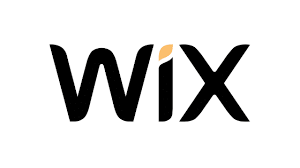
- Best for: Drag-and-drop website building.
- Features:
- Over 800 templates.
- AI tools for content creation.
- Built-in SEO and marketing tools.
- Pricing:
- Free plan available.
- Premium plans start at $17/month.
#4. Squarespace is an all-in-one website building and hosting platform known for its sleek, design-focused templates and ease of use. It allows users to create professional websites, blogs, and online stores without needing coding knowledge. Squarespace is highly popular among bloggers, creatives, small business owners, and photographers who want visually appealing websites with built-in SEO and eCommerce capabilities.
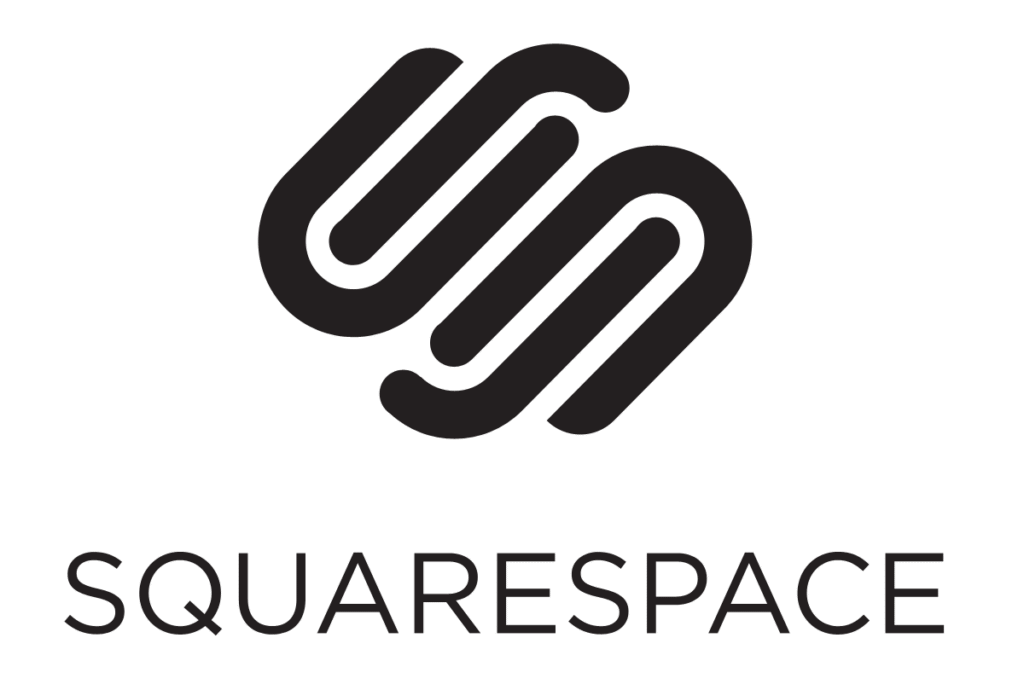
- Best for: Design-focused bloggers.
- Features:
- Award-winning templates.
- Integrated e-commerce and blogging tools.
- Robust analytics and SEO features.
- Pricing:
- Plans start at $16/month.
#5. Medium is an online publishing platform designed for writers, bloggers, and thought leaders to share long-form content and stories with a built-in global audience. Launched in 2012 by Twitter co-founder Evan Williams, Medium emphasizes minimalist design, ease of use, and content-focused experiences over complex web customization or monetization tools

- Best for: Writers focusing on content over design.
- Features:
- Built-in audience and distribution.
- Minimalist design with no customization needed.
- Partner Program for monetization.
- Pricing:
- Free to publish.
- Membership for readers at $5/month.
#6. Blogger is a free blogging platform owned by Google that allows users to create and publish blogs online. Launched in 1999 and acquired by Google in 2003, Blogger is one of the earliest and most beginner-friendly platforms for creating personal or niche blogs with minimal technical knowledge.
It’s a hosted platform, which means you don’t need to purchase separate hosting—Google hosts your blog for free.

- Best for: Simple, free blogging.
- Features:
- Google integration.
- Easy setup with basic customization.
- Supports custom domains.
- Pricing: Free
#7. Ghost is a modern, open-source content management system (CMS) designed specifically for bloggers, writers, and online publications. Unlike all-purpose website builders like Wix or WordPress, Ghost is focused entirely on publishing, with powerful tools for writing, content delivery, memberships, and monetization
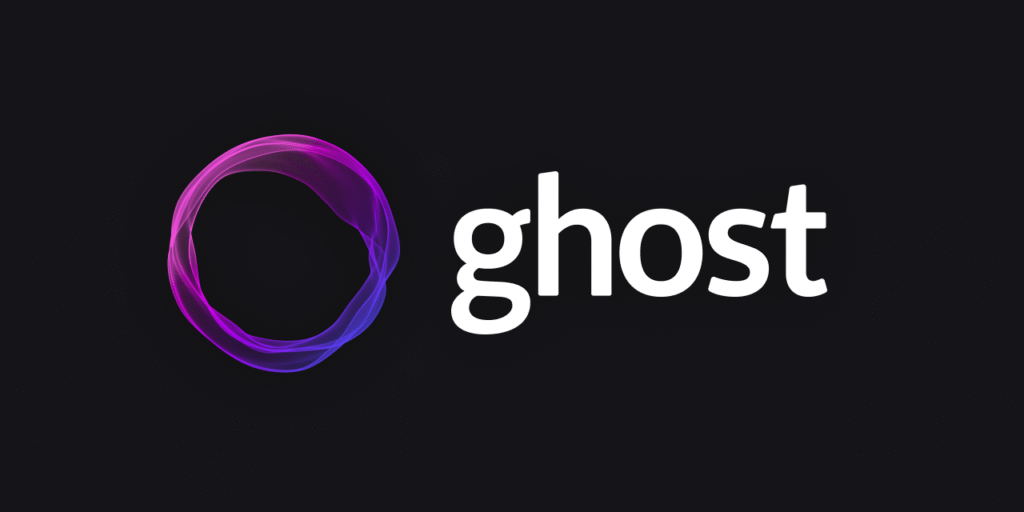
- Best for: Professional publishing and newsletters.
- Features:
- Focus on content creation and monetization.
- Built-in membership and subscription tools.
- Fast, minimalist design.
- Pricing:
- Self-hosted: Free.
- Ghost(Pro): Starts at $9/month.
#8. Weebly is a user-friendly website builder and hosting platform that allows individuals and small businesses to create websites, blogs, or online stores without coding skills. Founded in 2006 and later acquired by Square (now Block, Inc.), Weebly is especially popular among entrepreneurs looking for an all-in-one solution with built-in eCommerce tools, drag-and-drop functionality, and affordable pricing
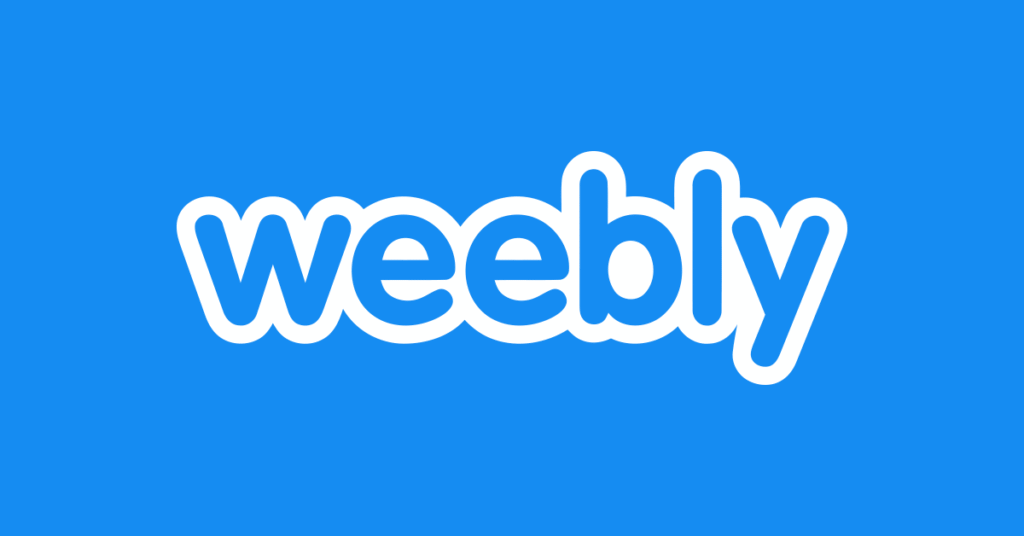
- Best for: Beginner-friendly website building.
- Features:
- Drag-and-drop builder.
- Integrated e-commerce features.
- App center for added functionality.
- Pricing:
- Free plan available.
- Paid plans start at $6/month.
#9. HubSpot CMS is a cloud-based, all-in-one website platform built for marketers, businesses, and developers who want to create, manage, and optimize websites without relying heavily on IT. Part of the larger HubSpot CRM ecosystem, it offers powerful tools for content creation, SEO, analytics, personalization, and automation—all within one centralized platform.
It’s ideal for companies that want to combine website content, marketing automation, and customer relationship management (CRM) into a single solution.

- Best for: Marketing-focused blogs.
- Features:
- Integrated CRM and marketing tools.
- Personalized content and SEO recommendations.
- Drag-and-drop editor.
- Pricing:
- Starts at $25/month.
Read Also: How to Set Up a WordPress Website: A Perfect Step-by-Step Guide for Beginners 2025.
It’s designed to be beginner-friendly, with simple setup processes and customizable templates, though it’s often considered more basic than modern competitors like Wix or Squarespace
#10. Web.com is a long-standing, all-in-one website builder and hosting platform that caters primarily to small businesses, entrepreneurs, and individuals looking to establish an online presence quickly. Founded in 1999, Web.com provides services like website design, hosting, domain registration, email, SEO, and eCommerce, offering a complete digital toolkit for non-technical users.
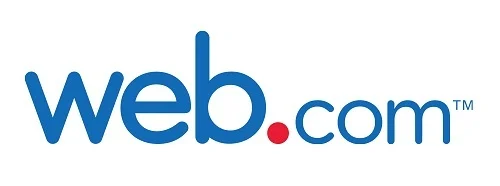
- Best for: Budget-conscious bloggers.
- Features:
- AI-powered website builder.
- SEO tools in multiple languages.
- Marketing and scheduling tools.
- Pricing:
- Plans start at $4.99/month.
#11. Substack is a platform that allows writers, journalists, and creators to publish newsletters directly to their audience. Launched in 2017, Substack focuses on helping creators monetize their content through subscriptions. It’s particularly popular for independent writers, bloggers, and niche content creators who want to build a direct relationship with their audience without the need for middlemen like social media platforms or traditional publishers.
Substack is unique in its simplicity, providing writers with a straightforward, no-frills way to create, publish, and manage email newsletters, as well as offering monetization features like paid subscriptions.
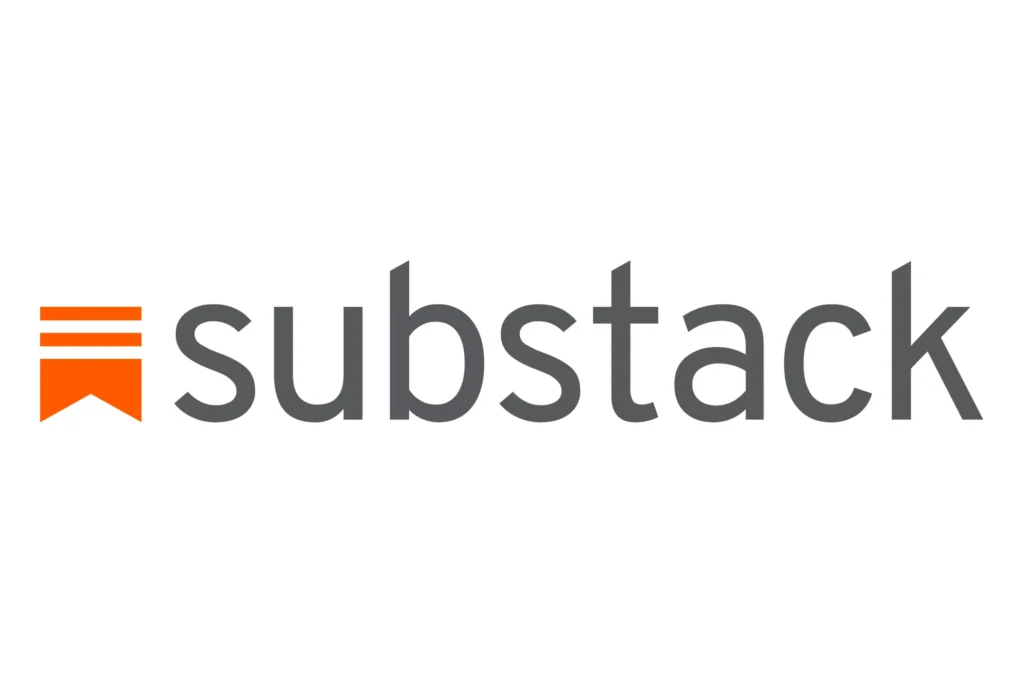
- Best for: Newsletter-based blogging.
- Features:
- Email subscription management.
- Monetization through paid subscriptions.
- Simple publishing interface.
- Pricing:
- Free to use; Substack takes a 10% fee on paid subscriptions.
#12. Typepad is a blogging platform that allows users to easily create, manage, and publish blogs. Launched in 2003, Typepad is known for its simplicity and ease of use, making it a popular choice for bloggers, small businesses, and personal websites. It’s a paid service and offers a range of plans, with the focus on delivering an ad-free experience and giving users a customizable and professional blogging platform.
Typepad is designed for both beginners who want to start blogging quickly and experienced bloggers who need more control over their design and features. Unlike free blogging platforms like Blogger or WordPress.com, Typepad provides premium features that help users create a more polished and flexible blog
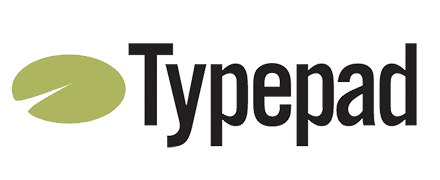
- Best for: Professional bloggers.
- Features:
- Robust blogging tools.
- Custom domain support.
- Analytics and SEO features.
- Pricing:
- Plans start at $8.95/month.
#13. Posthaven is a paid blogging platform designed for long-term blogging with a focus on simplicity, stability, and ownership. It was launched in 2012 by former Tumblr creators, and its primary selling point is its commitment to keeping blogs online for life. Posthaven aims to offer a reliable, ad-free environment for bloggers who want a straightforward platform to publish and maintain content without worrying about the service shutting down
- Best for: Long-term content hosting.
- Features:
- Commitment to never shutting down.
- Simple, ad-free blogging.
- Email subscriptions and multiple authors.
- Pricing:
- $5/month per blog
#14. Jekyll (via GitHub Pages) is a static site generator (SSG) that transforms plain text into static websites. It’s an open-source tool built with Ruby, designed to make it easier for developers to create and maintain simple websites or blogs. Jekyll takes content written in Markdown or HTML files, processes it, and generates static HTML files that can be served by any web server
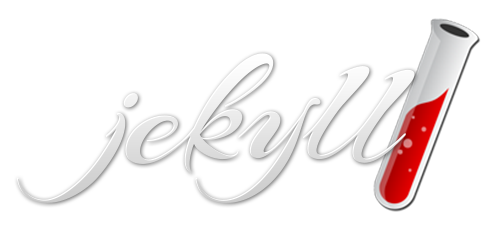
- Best for: Developers and tech-savvy bloggers.
- Features:
- Static site generator.
- Version control with Git.
- Free hosting via GitHub Pages.
- Pricing: Free.
#15. Tumblr is a microblogging platform and social networking site that allows users to create and share content in various formats, including text, photos, quotes, links, audio, and video. Launched in 2007, Tumblr combines aspects of traditional blogging with social media elements, making it popular among creatives, artists, and younger audiences.
Tumblr is known for its visual nature, offering a highly customizable and personal experience. Users can follow other blogs, share posts, and interact through likes, comments, and reblogs. It has been a key platform for many niche communities, with a focus on artistic expression, fandoms, and subcultures.
- Best for: Microblogging and social engagement.
- Features:
- Multimedia support.
- Community interaction.
- Customizable themes.
- Pricing: Free
Frequently Asked Questions
Q1: Which platform is best for beginners?
Wix and Weebly offer intuitive drag-and-drop interfaces, making them ideal for those new to blogging.
Q2: Which platform offers the most customization?
WordPress.org provides extensive customization through themes and plugins, suitable for those with some technical knowledge.
Q3: Can I monetize my blog on these platforms?
Yes, platforms like WordPress.org, Ghost, Medium, and Substack offer various monetization options, including ads, subscriptions, and memberships.
Q4: Are there free blogging platforms?
Yes, Blogger, Medium, Tumblr, and WordPress.com offer free plans, though they may have limitations on customization and monetization.
Q5: Which platform is best for SEO?
WordPress.org is renowned for its SEO capabilities, especially when combined with plugins like Yoast SEO.
Selecting the right blogging platform depends on your specific needs, technical expertise, and long-term goals. Consider starting with a platform that aligns with your current skills and allows room for growth as your blogging journey evolves.
Key Components of a Blogging Hosting Platform
- Web Server Space
Stores your blog’s files (HTML, CSS, images, etc.) and serves them to visitors when they type your URL. - Content Management System (CMS)
Most blogging platforms include a CMS (like WordPress, Ghost, or Blogger) to make it easy to create and manage content without needing to write code. - Bandwidth & Performance
Ensures your blog loads quickly and can handle traffic spikes (important for SEO and reader experience). - Domain Integration
Allows you to connect a custom domain (like www.myblog.com) to your blog. - Security Features
Includes tools like SSL certificates, firewalls, and backups to protect your content and visitors’ data. - Support and Maintenance
Managed hosting services take care of updates, technical issues, and sometimes even content backups, so you can focus on blogging.
Benefits of a Good Hosting Platform for Bloggers
- Easy content creation and editing
- Fast website loading speeds
- Customizable design options
- SEO tools and plugins
- E-commerce capabilities (for monetization)
Would you like help choosing the best hosting type for your specific blogging needs?

